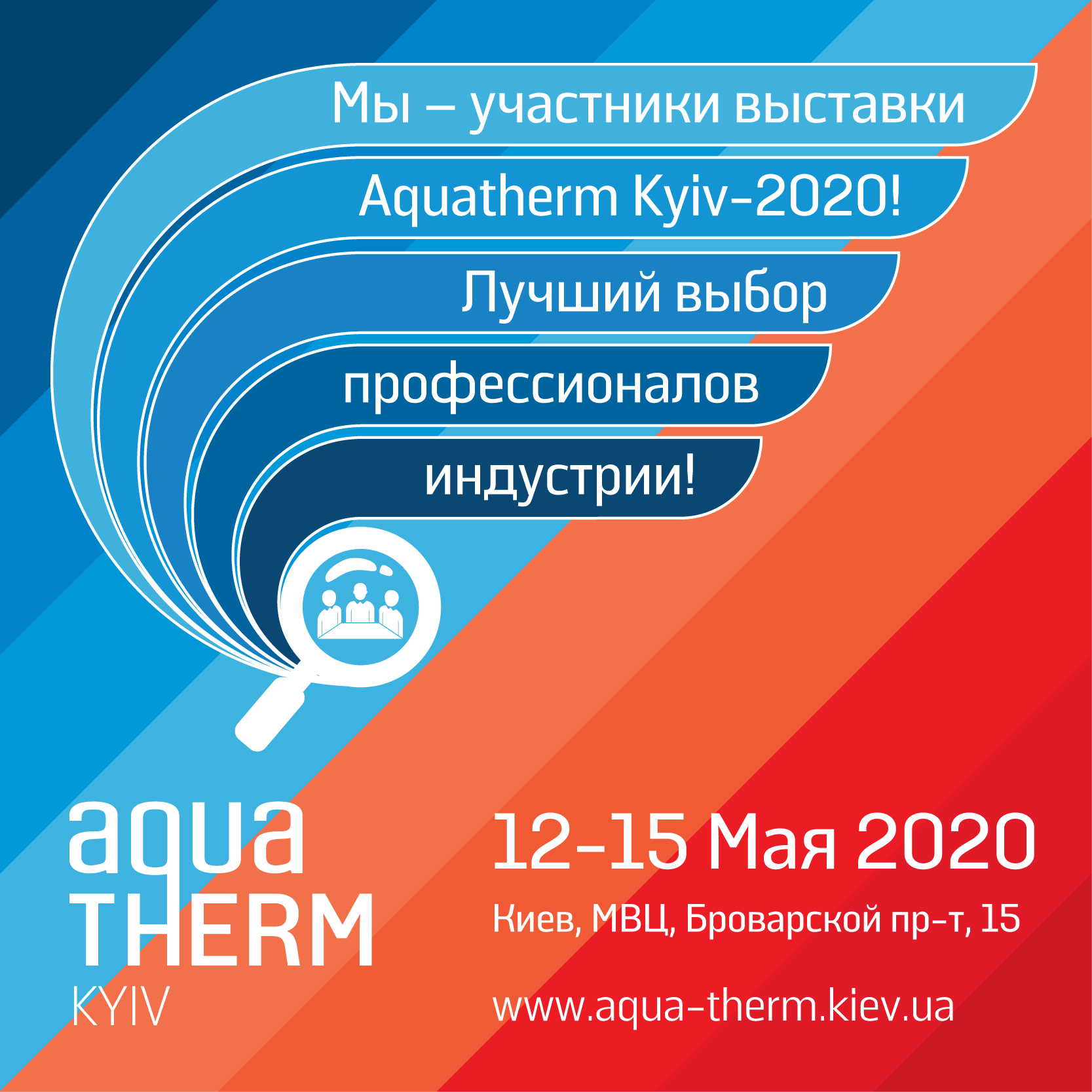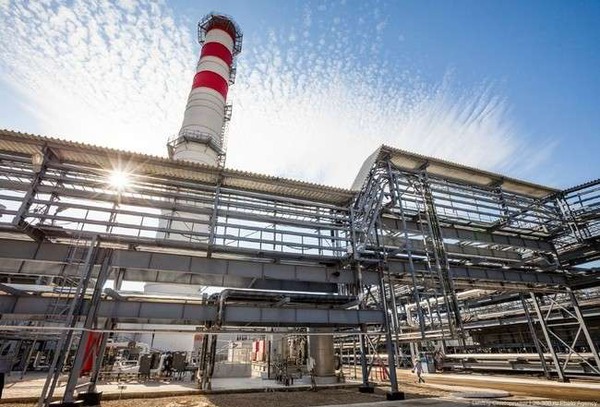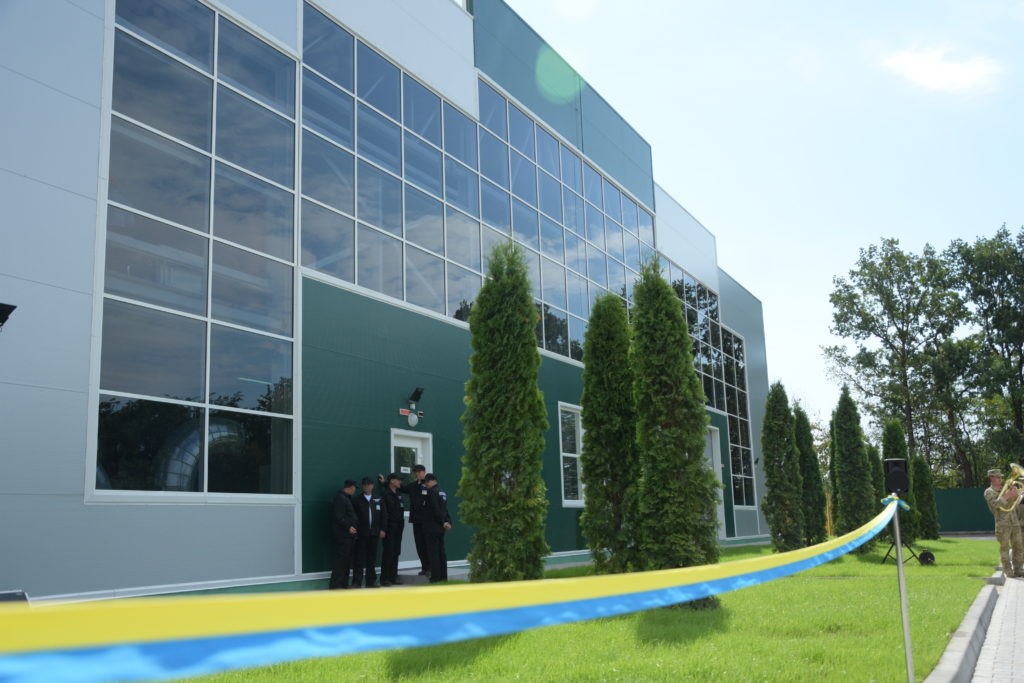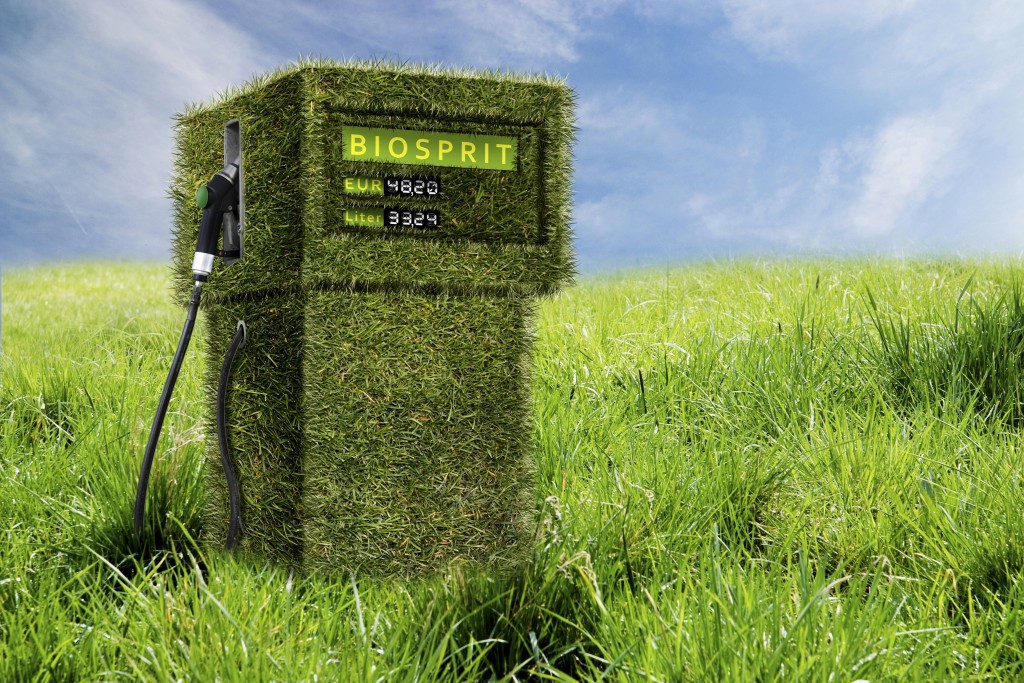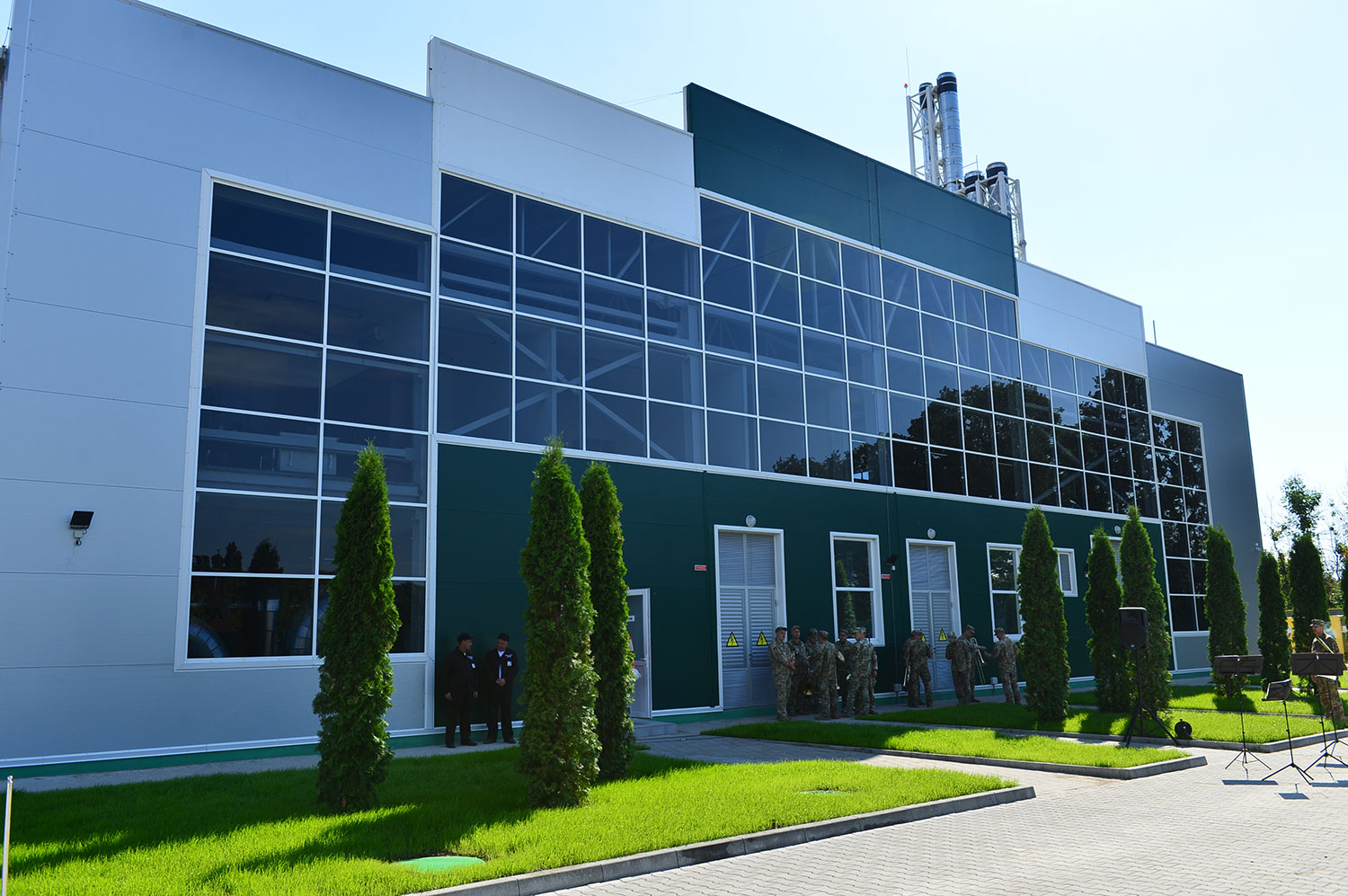
Robust growth of biofuel energy1
12.08.2024
Global power plants using biofuels have increased by 5 GW since 2016, according to the International Renewable Energy Agency (IRENA).
The growth of biomass use is noted mainly in China. Europe holds second place in increasing the number of pellets, briquettes and hog fuel use. Third place is occupied by South America.
It is known that the Chinese industry uses the most coal in the world. This country has one of the most polluted atmospheres in the world. At the same time, China has adopted a program for switching to biofuels where possible. It produces several million tons of wood and agroindustrial granules for local use. A small amount of biofuels is imported from neighboring countries. Chinese energy facilities do not require expensive and high-quality biofuels but consume low-quality local pellets and briquettes.
European companies, on the contrary, are actively cooperating with Russian and Ukrainian producers of pellets, briquettes and hog fuel increasing the import of this biofuel.
10.03.2020
Aquatherm Kyiv is the Eastern Europe’s unique properly-segmented HVACR and water supply & treatment industry event presenting a new trend of energy efficiency in each sector. As a cost-effective business platform rated by 97% of exhibitors for its excellent ROI, it is used by leading international brands and major market players for launching their new products and services in front of about 22,000 key industry buyers and specifiers It is an annual trade show attracting the right audience with 91% of the visitors are the decision makers.
«Kotlozavod «Kriger» LLC burn RDF
27.02.2020
«Kotlozavod «Kriger» LLC burn RDF
RDF fuel, or Refuse Derived Fuel, is a fuel that consists of the waste remaining after sorting. It is intended for energy.
The waste path from our bin to the RDF fuel looks like this. Waste collected from the population is sorted, recyclables are extracted – glass, plastic, metal, paper and cardboard. All recyclables are sent for recycling. Organic material is also separated on the sorting line (mainly the remains of food and plants), it is either buried at the landfill (and then used to produce biogas), or composted. And everything else becomes fuel.
After such sorting, up to 40 percent of the waste subject to thermal disposal remains. This is other waste, which includes non-recyclable materials, as well as recyclable, but highly polluted. These residues are ground to produce RDF fuel. The task of every progressive society that takes care of its health and nature is the competent disposal of this resource with maximum benefit and minimal harm to the environment.
That is why starting in 2019, Krieglozavod Krieger LLC has been dealing with waste sorting and thermal utilization of RDF. In the course of this work, the specialists of our company, in cooperation with partners, carried out a number of calculations, technical examinations and experiments on the separation and useful disposal of waste. And we are pleased to inform you about the development and technical implementation of these technologies. The motto of the company this year is “We protect nature – we get energy.”
Growth of biogas trends in Europe
17.09.2019
By 2024, the volume of the biogas industry in Europe will exceed EUR 2 billion. The scientists who undertook a study called Global Market Insights came to such a conclusion.
By 2024, 600 MW of biogas capacity will be installed in Europe. The growth in this industry and the demand for green electricity will contribute to growth in this area. Europe has set itself the target to reduce its greenhouse gas emissions by 20 % by 2020 and is successfully moving towards this goal.
Austria intends to reduce emissions by 34 % by 2020 and develops the use of solid biofuels in the form of pellets, briquettes and hog fuel, as well as the production and the use of biogas.
German biogas market will reach the total capacity of 300 MW by 2024.
In Croatia, a biogas plant with a capacity of 1 MW is being constructed, Poland aims to achieve a 40 % reduction in greenhouse gas emissions by 2030 and also develops a biogas sector.
Denmark intends to reduce emissions by 35 % by 2020 and to completely abandon fossil fuels by 2050.
Radical reform of the energy sector in Ukraine
21.08.2019
The Government approved the Concept for the implementation of state policy in the field of heat supply. Its aims to reduce the consumption of gas and other energy resources for the production of thermal energy, financial recovery of the industry and investment attraction, as well as the introduction of a transparent, efficient system of settlements between the heat energy market participants. This was reported by the Ministry of Regional Development, Construction and Housing and Communal Services of Ukraine. The concept has a short, medium and long-term action plan and includes the following main areas: • raising the technological level of heat supply systems; • increase in the share of alternative energy sources in heat energy production; • ensuring the development of heat supply systems based on the optimal combination of different heat supply types within the settlement (centralized, autonomous, individual); • introduction of incentive tariff formation mechanisms; • procedures simplification for implementing investment projects; • transition to monetary reimbursement of privileges and subsidies for the enterprises, which are granted to the population. According to the Concept, the share of alternative energy sources in the production of heat energy should increase to 40 % in 2035. One of the directions is to reduce heat consumption in the country to 60–20 kWh per square meter per year. It is planned to reduce heat energy losses in production up to 8 % and transportation up to 10 %.
The first and the only cogeneration unit in Ukraine was commissioned in Kamianets-Podilskyi
03.07.2019
In Kamianets-Podilskyi (Khmelnytskyi region), the final stage began for the construction of a thermal power plant with a capacity of almost 45 MW with combined heat and power production by solid fuel and gas boilers. It is reported by the press service of the State Agency of Energy Efficiency and Energy Saving.
Since June 15, testing of the station will start and the official opening and commissioning of the facility is scheduled for July 3. The station will use the waste of agriculture and forestry as biomass: mainly straw, corn and hog fuel.
Construction of the complex began in 2015. The cost of the project is USD 9.6 million. The funds were provided by the World Bank at a loan of 0.01 % per annum. According to expert estimates, the payback period of the project will be 5 years.
The TPP is equipped with a unique turbine with the ORC module (Organic Rankine Cycle). After the introduction of TPP operating on biomass, the city expects a decrease in gas consumption by 15.5 million cubic meters for an amount of about UAH 115 million per year.
Renewable energy is the employer for 11 million people around the world
14.06.2019
The International Renewable Energy Agency (IRENA) has published the next report entitled Renewable Energy and Jobs – Annual Review 2019. The work estimates that in the RES sector on a global scale, 11 million people were employed by the end of 2018. In 2017, there were 10.5 million ElektroVesti portal writes about it.
Without taking into account such an “old sector” as hydropower, the number of employed in the field of RES in the world amounted to 8.9 million.
Photovoltaic solar energy for the third consecutive year is the largest employer in all RES with 3.6 million people, although 61 % of these jobs are concentrated in China.
Bioenergy, which includes liquid biofuels, solid biomass and biogas, has historically been the largest sector, and now it is second only by the number of employees.
Wind power provides jobs for 1.2 million people. Mostly, it is mainland wind power but the offshore segment is gaining momentum. China accounted for 44 % of world employment in the field of wind energy, followed by Germany and the United States.
Hydropower has the highest installed capacity among all renewable energy sources but is currently developing slowly. This sector employs 2.1 million people three quarters of which are engaged in operation and maintenance.
According to Terminal, solar and wind energy are the cheapest generation technologies in most regions of the world.
Robust growth of biofuel energy
09.05.2019
Global power plants using biofuels have increased by 5 GW since 2016, according to the International Renewable Energy Agency (IRENA).
The growth of biomass use is noted mainly in China. Europe holds second place in increasing the number of pellets, briquettes and hog fuel use. Third place is occupied by South America.
It is known that the Chinese industry uses the most coal in the world. This country has one of the most polluted atmospheres in the world. At the same time, China has adopted a program for switching to biofuels where possible. It produces several million tons of wood and agroindustrial granules for local use. A small amount of biofuels is imported from neighboring countries. Chinese energy facilities do not require expensive and high-quality biofuels but consume low-quality local pellets and briquettes.
European companies, on the contrary, are actively cooperating with Russian and Ukrainian producers of pellets, briquettes and hog fuel increasing the import of this biofuel.
Biofuels in Ukraine: Competition in the Sales Market
25.04.2019
Ukraine remains among outsiders on the use of biological fuels. There is a rigid competition for sales markets between giant powerful financial groups in the world dealing with the production of traditional fuels, and biofuel production is born. With a significant energy dependence, Ukraine remains among outsiders on the use of biological fuels.
Humanity always faces a problem of energy supply for its existence. Energy needs also increase together with a quantitative and qualitative increase in the comfort of human life. For a century and a half (1860–2016), world consumption of energy resources per inhabitant of the planet increased by 24.5 times. As a result, the amounts of traditional energy resources (oil, gas, and coal) accumulated over millions of years are falling dramatically. In this regard, the problem of finding other energy sources, one of which is the biofuels production from organic mass in the form of biogas, biodiesel, bioethanol, etc., is objectively exacerbated.
It should be noted that Ukraine, as the vast majority of EU countries, is import-dependent in the energy sector. In our country, the amounts of total energy consumption exceed the amount of own energy production 1.5 times, on average in the EU countries by 1.8 times, in particular, in Germany it is almost three times, in France – twice, and in Poland – by1.5 times.
To reduce energy dependence, these countries have been developing alternative types of fuel in recent years. Thus, biofuel production in the EU as a whole has increased in 2016, compared with 1992, by thousands of times. In 1992, according to official statistics, Germany and Poland did not produce biofuels, and their production amounted to 3.9 million and 1.1 million tons in 2016, respectively. As a result, the share of biofuels in total energy production reached 1.6 % in the EU countries, in particular, 3.0 in Germany, 2.1 in France, and 1.5 in Poland.
The situation with biofuel production in export-oriented countries in the energy market is the opposite, and this is justified. Thus, in the Russian Federation, the share of own energy resources consumption accounts for only half of the total amount of the energy produced, and the production of biofuels in 2016 totaled only 0.02 % of this amount. In Bolivia, these figures are equal to one third and 0.3 % respectively.
In such post-Soviet countries as Ukraine and Belarus, with their significant energy dependence (consumption of energy resources exceeds their combined production by 1.5 and 12.5 times respectively), the share of biofuels in the total energy production is insignificant. In Ukraine, it is only 0.05 %, and in Belarus, biofuel production is currently suspended at all. This situation is largely due to the fact that Ukraine has for a long time, and Belarus is now developing its energy in the sector following the Russian Federation – an energy export-oriented country.
In the past, lower level of import prices for oil and petroleum products for Ukraine by the RF compared to the western countries was due to the interests of not losing the market and keeping Kyiv in the sphere of its political influence. And in Belarus, the import prices for these products are lower today. This corresponds to the position of ‘nothing personal, just business’. Russia has its economic interests, and we should do the same.
This was one of the reasons for the inhibition of biofuel production for our state and the occurrence of such a negative phenomenon as low level of energy-saving technologies implementation in the national economy in general and in rural areas, in particular. Thus, the energy consumption of Ukraine is three times higher compared to Poland, Germany and France. It means that the cheapness of energy did not contribute naturally to their savings, which formed the appropriate mentality of domestic consumers of these resources.
It should be noted that the gas extraction in the ’50s and ’70s of the last century, for example, was one of the largest in the territory of Ukraine in the former USSR. Then gas fields of Lviv (Dashava) and Kharkiv (Shebelynka) regions fully met the needs of Ukraine and friendly republics, in addition, gas was exported abroad. After gaining independence, Ukraine, having shared its cheap gas at one time, became largely import-dependent from the Russian Federation. This shows once again that there is no eternal friendship in the world, but there are eternal interests.

